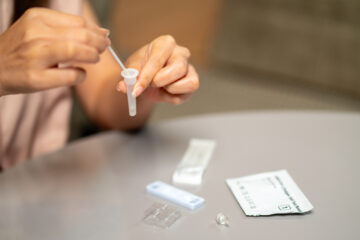Cardiac arrest is a serious and often fatal condition, but doctors say that certain steps can boost survival odds. The American Heart Association (AHA) recommends that people who witness a cardiac arrest call 911 immediately, begin CPR, and use an automated external defibrillator (AED) if one is available.
According to Dr. Kupas, an emergency medicine physician, “The most important thing is to recognize that someone is in cardiac arrest and to start CPR immediately. Every minute that goes by without CPR and defibrillation decreases the chances of survival by 10%.”
CPR, or cardiopulmonary resuscitation, involves pressing on the chest to keep blood flowing to the brain and other vital organs. An AED is a device that can deliver an electric shock to the heart to try to restore a normal rhythm.
The AHA also recommends that people become trained in CPR and how to use an AED. Training is often available through local fire departments, hospitals, and community organizations.
In a recent incident, Damar Hamlin, a professional football player, collapsed on the field during a game. A team doctor immediately recognized that Hamlin was in cardiac arrest and began CPR. Another member of the medical team used an AED to deliver a shock to Hamlin’s heart. He was then rushed to the hospital where he received more advanced treatment.
According to Dr. Kupas, “Hamlin’s case is a good example of how early recognition of cardiac arrest and prompt action can make a difference. His survival is a testament to the importance of CPR and the use of an AED.”
In conclusion, Cardiac arrest is often fatal, but doctors say that certain steps can boost survival odds. The American Heart Association (AHA) recommends that people who witness a cardiac arrest call 911 immediately, begin CPR, and use an automated external defibrillator (AED) if one is available. The AHA also recommends that people become trained in CPR and how to use an AED. A recent incident with a professional football player, Damar Hamlin, who collapsed on the field during a game, served as an example of how early recognition of cardiac arrest and prompt action can make a difference.




